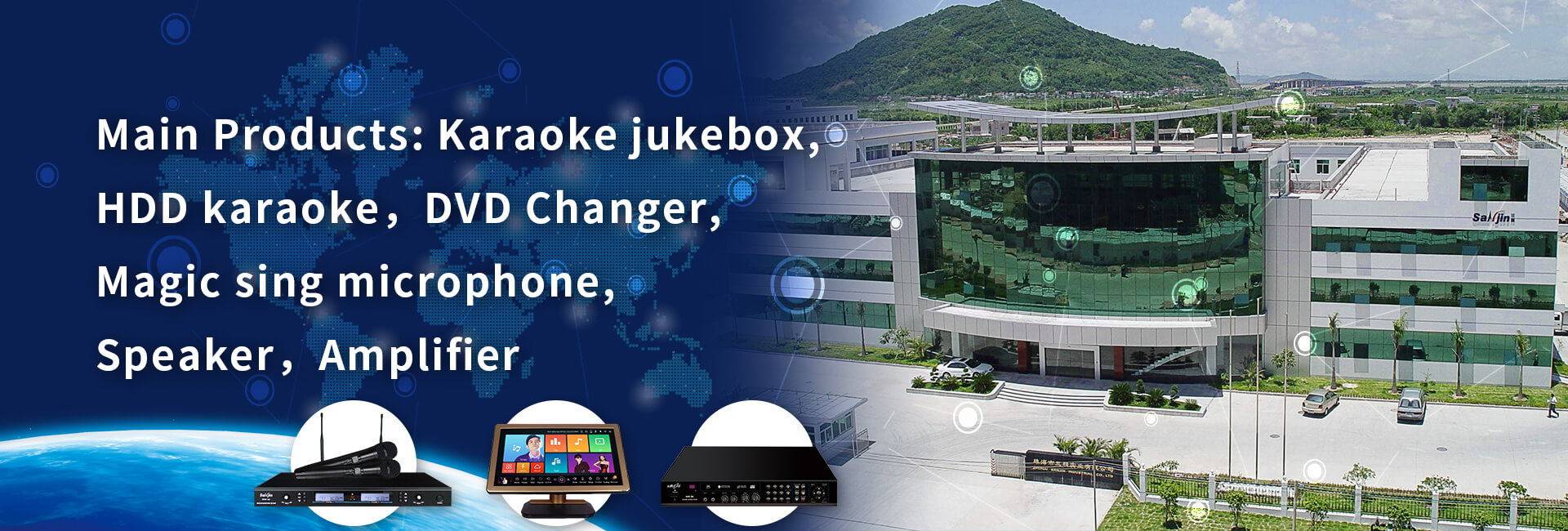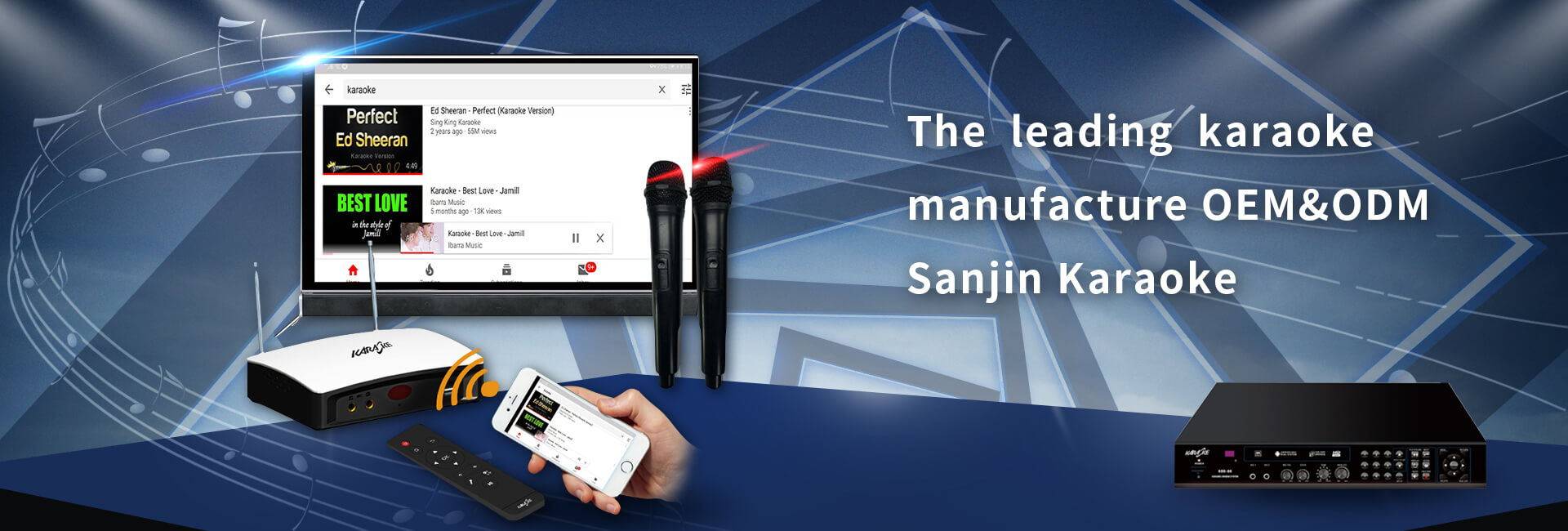Dolby Atmos is an advanced surround sound standard launched by Dolby Laboratories in 2012. Used in movie theaters. By combining front, side, rear and sky speakers with sophisticated audio processing and algorithms, it provides up to 64 channels of surround sound, increasing the sense of spatial immersion. Dolby Atmos aims to provide a complete sound immersion experience in a commercial film environment. Following the initial success of the hospital’s money (2012-2014), Dolby has cooperated with a number of AV power amplifier and speaker manufacturers to integrate the Dolby Atmos experience into the home theater scene. Of course, only families with a certain consumption capacity or a passion for audio and video systems can install the same type of Dolby Atmos system used in a commercial environment. Therefore, Dolby’s insurance room provides manufacturers with a more suitable physical reduced version (and at a reasonable price), allowing upgraded consumers to enjoy the Dolby Atmos experience at home.
So, how to own a pure Dolby Atmos without being affected?
For example, DENON 6400 Dolby panoramic home theater amplifier. 7.2.4 Panoramic amplifier, DTS-X Auro3D 11.2 channels have the technology of Denon’s top AV models. Each of the 11 channels provides 210 watts of power, which can increase a wider advanced sound field, while Audyssey DSX can increase the depth Adjust to the best sound field-when some specific sound field appears, you may not experience a continuous ring-burning sound effect. But Dolby Atmos can complement these surround sound effects.
Spatial code: The core of Dolby Atmos technology is spatial coding (not to be confused with MPEG spatial audio coding). The sound signal is allocated to a location in the space instead of a specific channel or speaker. When playing movies, the metadata encoded by the bitstream contained in the content (for example, Blu-ray Disc movies) is decoded by the Dolby Atmos sound processing chip in the home theater amplifier or the previous AV processor in operation, which makes the sound signal The space allocation is based on the channel/settings of the media device (called the play renderer).
Settings: To set the best Dolby Atmos listening options for your home theater (assuming you are using a Dolby Atmos-enabled home theater amplifier or front AV processor/synthesizer), the menu system will ask you the following questions : How many speakers do you have? How big is your studio? Where are your speakers?
Equalizer and room correction system: So far, Dolby Atmos is compatible with existing automatic speaker setup/equalization/room correction systems, such as Audyssey, MCACC, VPAO, etc.
Experience the Sound of Nature: Sound of Sound is an integral part of the Dolby Atmcs experience. To experience the sky channel, you can install speakers on the ceiling. The final solution to the complexity of all speaker connections may only be active wireless speakers, but this solution can only be solved in the future, because before that, there were no wireless speakers that support Dolby Atmos.
New soundtrack configuration: We used to be familiar with the method of describing the soundtrack configuration, such as 5.1, 7.1, 9.1, etc.: but now you will see the descriptions of 5.1.2, 7.1.2, 7.14, 9.1.4, etc. The speakers are placed on the horizontal plane Up (left/right front and ring burning sound)
Post time: Sep-06-2021





